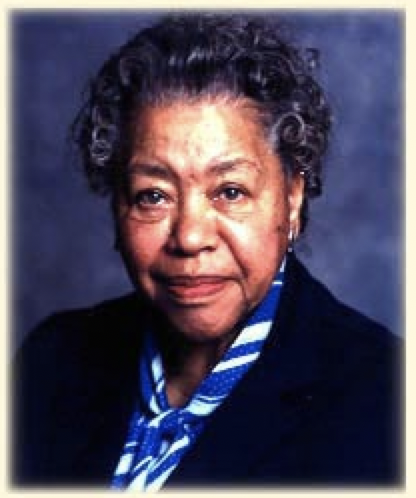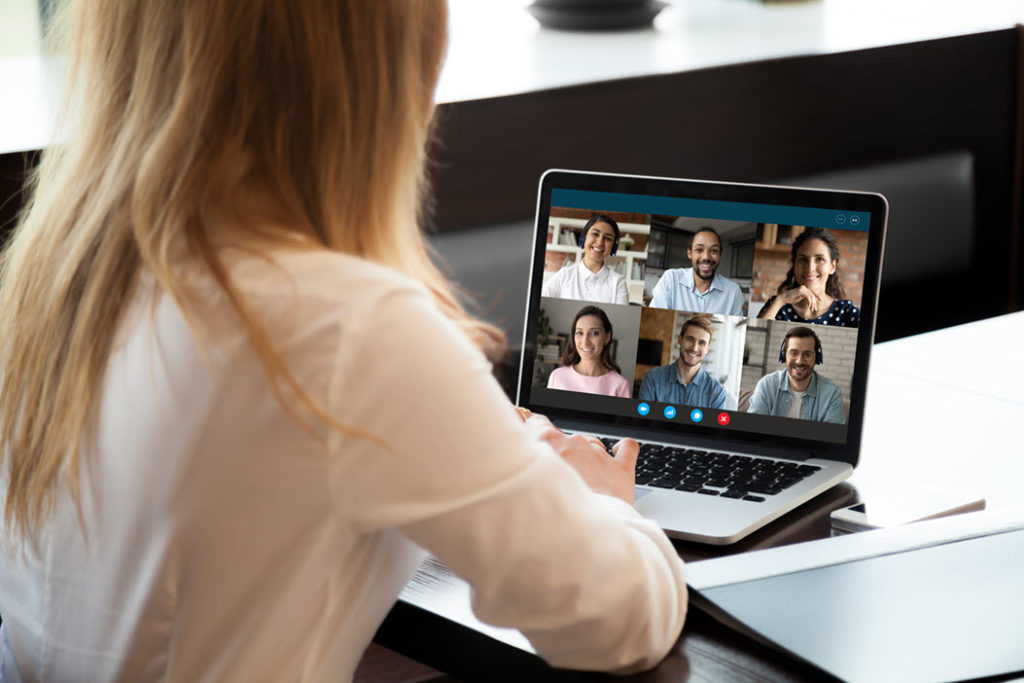COVID-19 and Temperature Checks – Five Questions Employers Should Consider

As employers adjust to operating within the limitations posed by the COVID-19 pandemic, the number of businesses that choose to conduct temperature checks of its visitors and employees, has increased significantly. Many overlook how technology has allowed a person’s body temperature to be taken in an instant. The now seemingly archaic thermometer inserted into a person’s mouth has been replaced with a contactless, digital body temperature reading by way of a forehead scan often conducted by a security guard. The temperature check has become a widespread practice and is no longer solely thought of as a precursor to seeing a doctor before a full medical examination.
However, according to the EEOC, taking an employee’s body temperature is a medical examination. Further, the EEOC has made clear that, as with all medical information, the fact an employee had a fever or other COVID-19 related symptoms can be subject to confidentiality requirements under the Americans With Disabilities Act (the “ADA”). This issue raises a number of important questions as it relates to ADA compliance in the workplace. Below are answers to five common questions employers subject to the ADA should be mindful of as employees return to work. Generally, any business that employs 15 or more persons for 20 or more weeks in the current or preceding calendar year is subject to federal employment laws, including the ADA.
1. During a pandemic, may an ADA-covered employer take its employees’ temperatures to determine whether they have a fever?
Yes, at this time. Generally, measuring an employee’s body temperature is a medical examination. However, because the Centers for Disease Control and Prevention (the “CDC”) and state/local health authorities have acknowledged community spread of COVID-19 and issued attendant precautions as of March 2020, employers may measure an employee’s body temperature to determine whether they may pose a risk of having or speeding COVID-19. As with all medical information, the fact that an employee had a fever or other symptoms would be subject to ADA confidentiality requirements. Employers should be aware that some people who do not have a fever may still have COVID-19.
2. May an employer take an applicant’s temperature as part of a post-offer, pre-employment medical exam?
Yes. Medical exams, including taking an employee’s temperature, are permitted after an employer has made a conditional offer of employment. However, employers should be aware that some people with COVID-19 do not have a fever.
3. May an ADA-covered employer send employees home if they display influenza-like symptoms during a pandemic?
Yes. The CDC states that employees who become ill with symptoms of influenza-like illness at work during a pandemic should leave the workplace. Advising such workers to go home is not a disability-related action during the COVID-19 pandemic. Additionally, the employee’s removal would be permitted under the ADA if the illness were serious enough to pose a direct threat. Applying this principle to current CDC guidance on COVID-19, this means an employer can require an employee with COVID-19 or symptoms associated with COVID-19 to leave the workplace.
4. During a pandemic, how much information may an ADA-covered employer request from employees who report feeling ill at work or who call in sick?
ADA-covered employers may ask such employees if they are experiencing COVID-19 symptoms, such as fever. Employers must maintain all information about employee illness as a confidential medical record in compliance with the ADA. Employers may ask employees questions about their symptoms to determine if they have or may have COVID-19 after they report feeling ill at work or call in sick. Currently, these symptoms include fever, chills, cough, shortness of breath, or sore throat. Moreover, an employer may require an employee test negative for COVID-19 prior to returning to work.
5. During a pandemic, may an employer require its employees to wear personal protective equipment (“PPE”) such as face masks, gloves, or gowns designed to reduce the transmission of COVID-19?
Yes. An employer may require employees to wear PPE during the pandemic. However, an employer should provide a related reasonable accommodation under the ADA (e.g., non-latex gloves, or gowns designed for individuals who use wheelchairs) if an employee with a disability needs these, absent undue hardship.

SOUTH CAROLINA LAWYERS WHO WORK AS HARD AS YOU DO
DEFENDING YOUR BUSINESS IS OUR BUSINESS


 In our continued celebration of Women’s History Month GaffneyLewis LLC is proud to shine the light on Eartha Kitt (born Eartha Mae Keith; January 17, 1927 – December 25, 2008). Kitt was an American singer, actress, dancer, voice actress, comedienne, activist, author, and songwriter.
In our continued celebration of Women’s History Month GaffneyLewis LLC is proud to shine the light on Eartha Kitt (born Eartha Mae Keith; January 17, 1927 – December 25, 2008). Kitt was an American singer, actress, dancer, voice actress, comedienne, activist, author, and songwriter.


